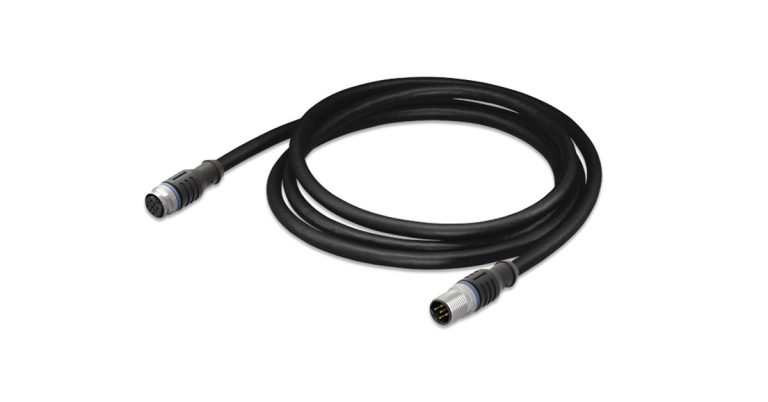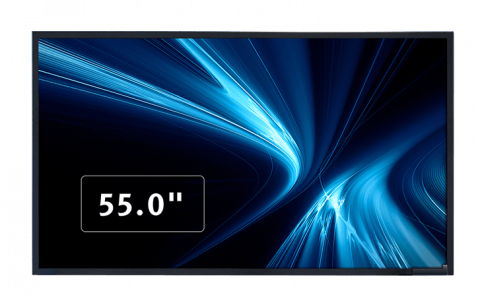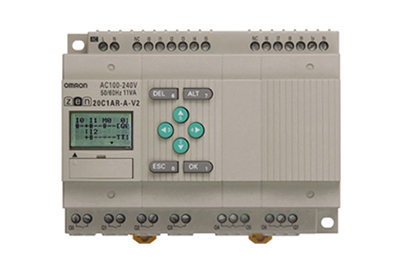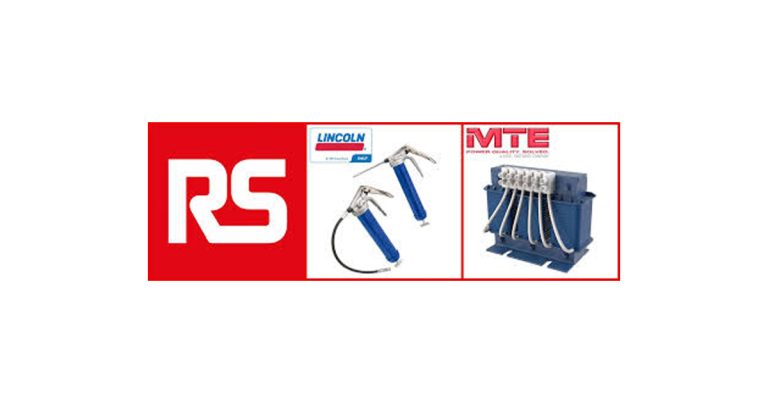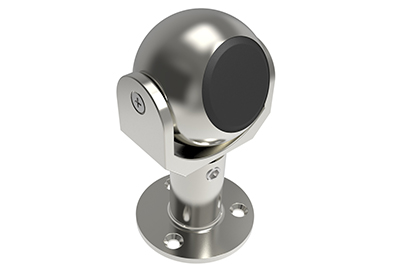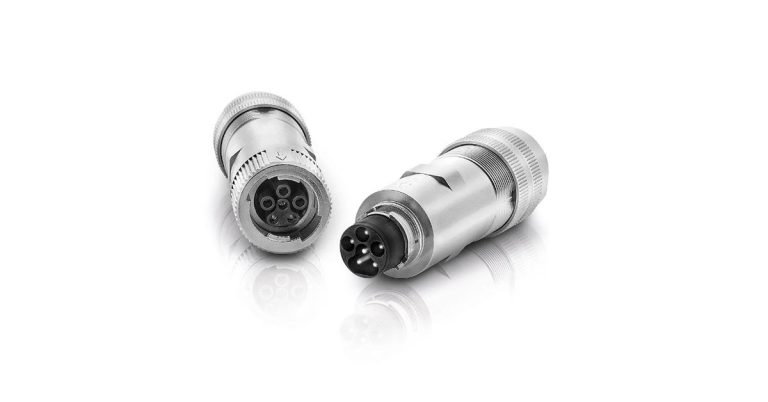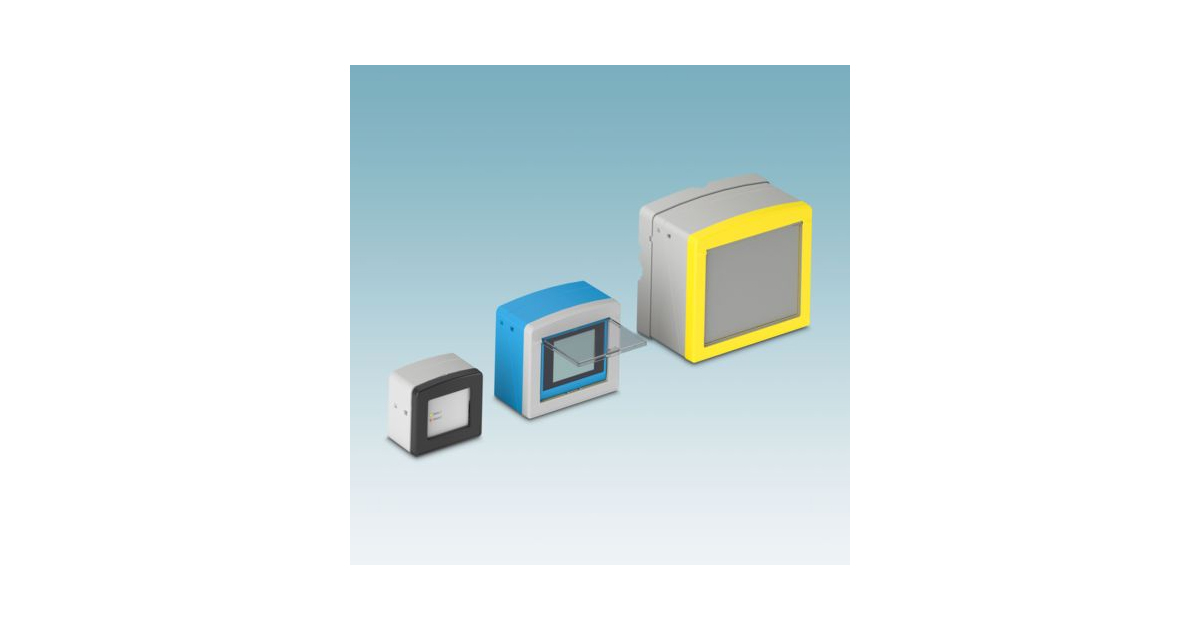What Is an IO-Link Absolute Rotary Encoder?
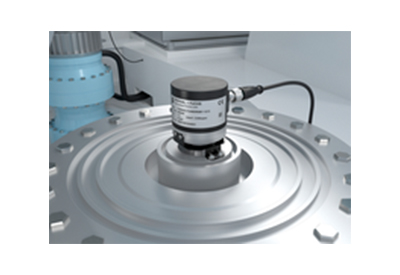
May 3, 2021
There are rotary encoders and IO-Link products, but what is an IO-Link absolute rotary encoder? It may be best to start with the rotary encoder. The rotary encoder is an electro-mechanical device that converts angular position into a digital signal. The rotary encoder can be incremental or absolute, depending on the need to know the exact position after a power cycle. If you do need to know the position after the power cycle, then absolute is the choice.
Within absolute rotary encoders, there are many types of protocols to choose from, such as EtherNet/IP, PROFINET, EtherCAT, SSI, CANopen, J1939, or IO-Link. IO-Link as compared to the other protocols is newer and has some unique characteristics. The IO-Link is an internationally standardized technology that allows bidirectional communication to field-level devices.
The absolute rotary encoder with IO-Link can have up to 230.4 kbit/s, with the COM3 industry standard, which is the fastest transmission rate for IO-Link data. In addition to a fast data rate, it can have smart sensor profiles for seamless integration and simple replacement. This is done by the smart sensor profiles, which can save and store the same device information, and is available anytime. If for any reason the sensor needs to be replaced, the next sensor will be updated to the previous sensor parameters and operating modes. This reduces downtime for maintenance and improves efficiency.
The IO-Link absolute rotary encoder has diagnostic functions and critical warning detections, which allow for fast evaluation of problems. Besides these IO-Link features, you have the absolute position, and parameterization of preset, resolution, number of turns, and switch point settings, just to mention a few of the vast options available.
The IO-Link absolute rotary encoder will give you a reliable, flexible, configurable, and efficient device that will be a welcomed feature to your machine design.
![]()
https://www.pepperl-fuchs.com/usa/en/44079.htm

